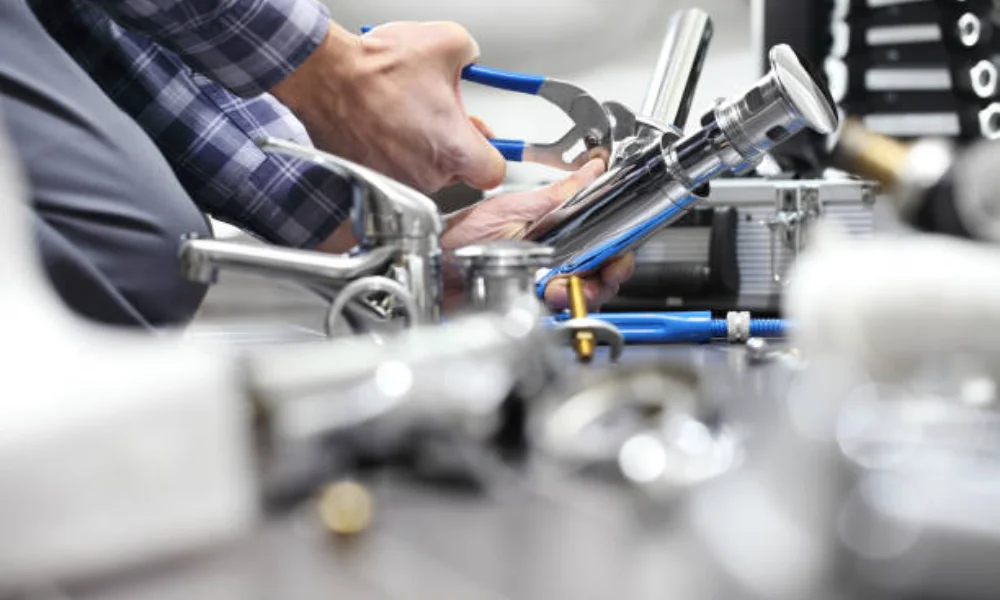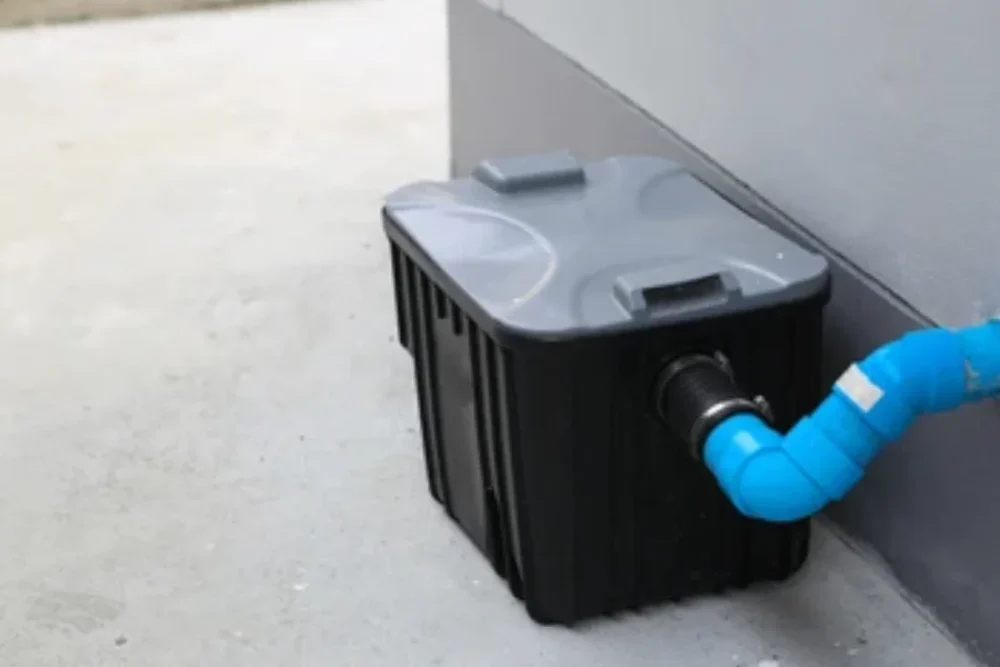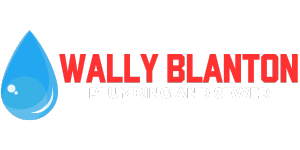
In the restaurant business, smooth kitchen operations depend on more than just fast service and tasty food. One of the most overlooked—but crucial—components of a commercial kitchen is the grease trap. If you’re running a food establishment, knowing how to install a grease trap properly can save you thousands in plumbing repairs and fines.
Grease traps are required in most municipalities, and for good reason. Without them, fats, oils, and grease (commonly referred to as FOG) from dishwashing and food prep can wreak havoc on your pipes. Let’s walk through the essentials—from what a grease trap does, to the ins and outs of grease trap installation, sizing, and placement.
What Is a Grease Trap and Why Is It Important?
Before diving into how to install a grease trap, let’s first understand what it is and why your restaurant needs one.
Purpose of a Grease Trap in Commercial Kitchens
What is a grease trap? It’s a plumbing device designed to intercept and collect FOG before it enters your wastewater system. This keeps your pipes clear and helps avoid costly blockages.
How Grease Traps Prevent Plumbing Issues
Grease solidifies as it cools. Without a trap, it sticks to your plumbing walls and causes clogs. Over time, these clogs lead to backups, foul odors, or even shutdowns. A properly functioning grease trap helps you avoid these headaches.
Types of Grease Traps for Restaurants
There isn’t a one-size-fits-all option when it comes to commercial grease traps. Here are the three most common types used in restaurants:
Passive Grease Traps
These are the most common and affordable. They sit under sinks and work by allowing FOG to rise to the top while heavier solids settle at the bottom.
Automatic Grease Traps
These are high-tech systems that automatically separate and remove grease. Though more expensive, they reduce the need for manual cleaning.
Gravity Grease Traps
Installed underground outside the kitchen, these traps are ideal for larger facilities. They use the natural flow of water and gravity to separate grease.
How to Install a Grease Trap
A well-installed system is key to keeping your system running smoothly without issues. Let’s look at the complete grease trap installation process.
Grease Trap Installation Process
Here’s a step-by-step guide on how to install a grease trap in a commercial kitchen:
1. Preparing the Site for Installation
Clear out the area where you’ll install the unit. Ensure there’s proper lighting, workspace, and access to plumbing lines.
2. Choosing the Ideal Location for the Grease Trap
Select a spot that is close to the source of FOG, like under a sink or in a kitchen corner—more on this in the next section.
3. Installing the Grease Trap
Place the trap on a flat, level surface. Secure it so it won’t move when water flows through. Ensure seals and gaskets are tight.
4. Connecting the Trap to the Plumbing System
Connect the inlet to your sink’s drain and the outlet to your sewer line. Use PVC pipes and ensure all joints are properly sealed.
Best Practices for Grease Trap Installation
Compliance with Local Plumbing Codes
Your city or county likely has specific regulations for commercial grease trap installation. Always check with local authorities before starting the project.

Preventing Backflow and Ensuring Proper Ventilation
Include a backflow prevention system and a venting system to help grease flow out smoothly and prevent odors from backing into the kitchen.
Where Should You Install Your Grease Trap?
You’ve learned the “how”—now let’s talk about the “where.”
Factors to Consider When Choosing the Location
Choosing the right spot matters just as much as the installation itself.
How Far Should a Grease Trap Be From a Sink?
Ideally, install the grease trap within 10 feet of the sink. This helps capture grease before it cools and solidifies.
Ease of Access for Maintenance and Cleaning
You’ll need to open and clean the trap often. Ensure it’s not obstructed by heavy equipment or tucked into tight corners.
Space and Layout of the Kitchen
If the water coming out is brown or contains sediment, it may indicate tank corrosion or mineral buildup.
Space and Layout of the Kitchen
If you’re tight on space inside, consider an external or underground unit.
Compliance with Local Health and Safety Regulations
Keep your trap away from food prep zones and in line with hygiene codes.
Avoiding Flood-prone Areas
Don’t place the unit near drains or low spots where water pools.
Ventilation and Airflow Considerations
Good airflow helps reduce odors and keeps the surrounding area safe.
Impact on Plumbing and Wastewater Flow
Make sure the flow from your kitchen fixtures doesn’t bypass the trap.
Minimizing Odor and Grease Spills
Use tight lids and proper ventilation to prevent foul odors in the kitchen.
How to Size a Grease Trap for Your Commercial Kitchen
Knowing how to size a grease trap ensures it operates efficiently and complies with local regulations.
Importance of Correct Sizing for Efficient Operation
An undersized trap will overflow quickly. An oversized one might not work well because the flow rate is too low. Right-sizing is critical.
Factors That Affect Grease Trap Size
Number of Kitchen Fixtures and Appliances
More sinks and dishwashers mean more grease-producing water flowing through your system.
Volume of Wastewater Flow
Higher flow rates require larger traps. Measure the gallons per minute (GPM) to guide your choice.
Type of Food Being Prepared
Grease-heavy foods, such as fried dishes, produce more FOG than salads or sandwiches.
Peak Operational Hours and Waste Generation
Consider your busiest times. Your trap needs to handle spikes in usage without backing up.
Kitchen Layout and Space Availability
Choose a trap that fits the available space without interfering with daily operations.
What Is the 25% Rule for Grease Traps?
This rule serves as a maintenance guide to ensure your trap remains effective.
Trap Capacity
A trap should be cleaned when it reaches 25% of its total capacity filled with grease and solids.
Retention Time
Longer retention times allow better separation. However, excessive grease reduces this efficiency.
Avoiding Overflows
Ignoring the 25% rule can lead to backups, violations, and unhappy health inspectors.
FAQs
What Is The Problem With The Grease Trap?
Common issues include overflows, clogs, and foul odors, which are often caused by poor maintenance or incorrect installation.
Should a Grease Trap Be Full Of Water?
Yes. Water helps the grease separate and rise to the surface. A dry trap won’t work correctly and may allow grease to pass through.
How Often Should a Grease Trap Be Cleaned?
Clean every 1 to 3 months—or sooner if you hit the 25% capacity mark. Keep records for inspections.
Does a Grease Trap Need to Be Vented?
Yes. Proper venting helps control odors and ensures smooth water flow.
Wally Blanton is Your Professional Grease Trap Installation Service in Antioch, IL
Understanding how to install a grease trap is just the beginning. From commercial grease trap installation to proper sizing, location, and maintenance, every step matters. If you’re still unsure about how to size a grease trap or want to avoid costly mistakes, trust the pros.
WALLY BLANTON PLUMBING & SEWER has years of experience serving restaurants in Antioch, IL. Whether you need installation, maintenance, or inspection, their team knows the ropes.
Don’t wait for a clog to shut you down—visit Wally Blanton Plumbing & Sewer and schedule your grease trap installation today!
